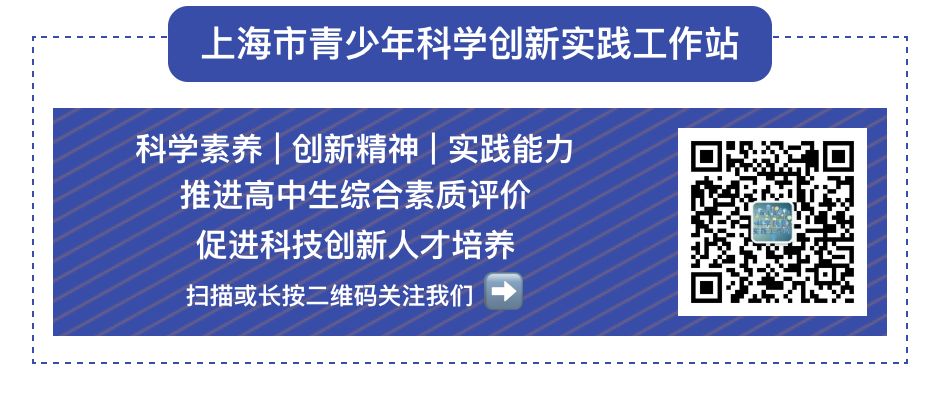
With professionalism, fun, and experience! At the Shanghai Youth Science Innovation Practice Station, various young innovators have conducted numerous experimental projects through their keen observations, detailed thinking, and repeated explorations, telling one innovative story after another: whether focusing on the issue of mask recycling during the COVID-19 pandemic with the project “Research on the Modification of Waste Mask Meltblown Fabric for Lithium Battery Diaphragm,” actively participating in waste classification and studying the screening and application assessment of salt-tolerant functional bacteria for biodegradable kitchen waste, or expressing curiosity about exploring “habitable planets” and looking forward to collaborating with scientists to find the next home for humanity… Regardless of success or failure, this is all part of the “first experience” in scientific research!
Today, let’s take a look at the interesting explorations brought by young innovators Yao Yikun and Ni Hairong from the Electronic Science and Technology Innovation Practice Station of the Shanghai Institute of Technical Physics, Chinese Academy of Sciences.


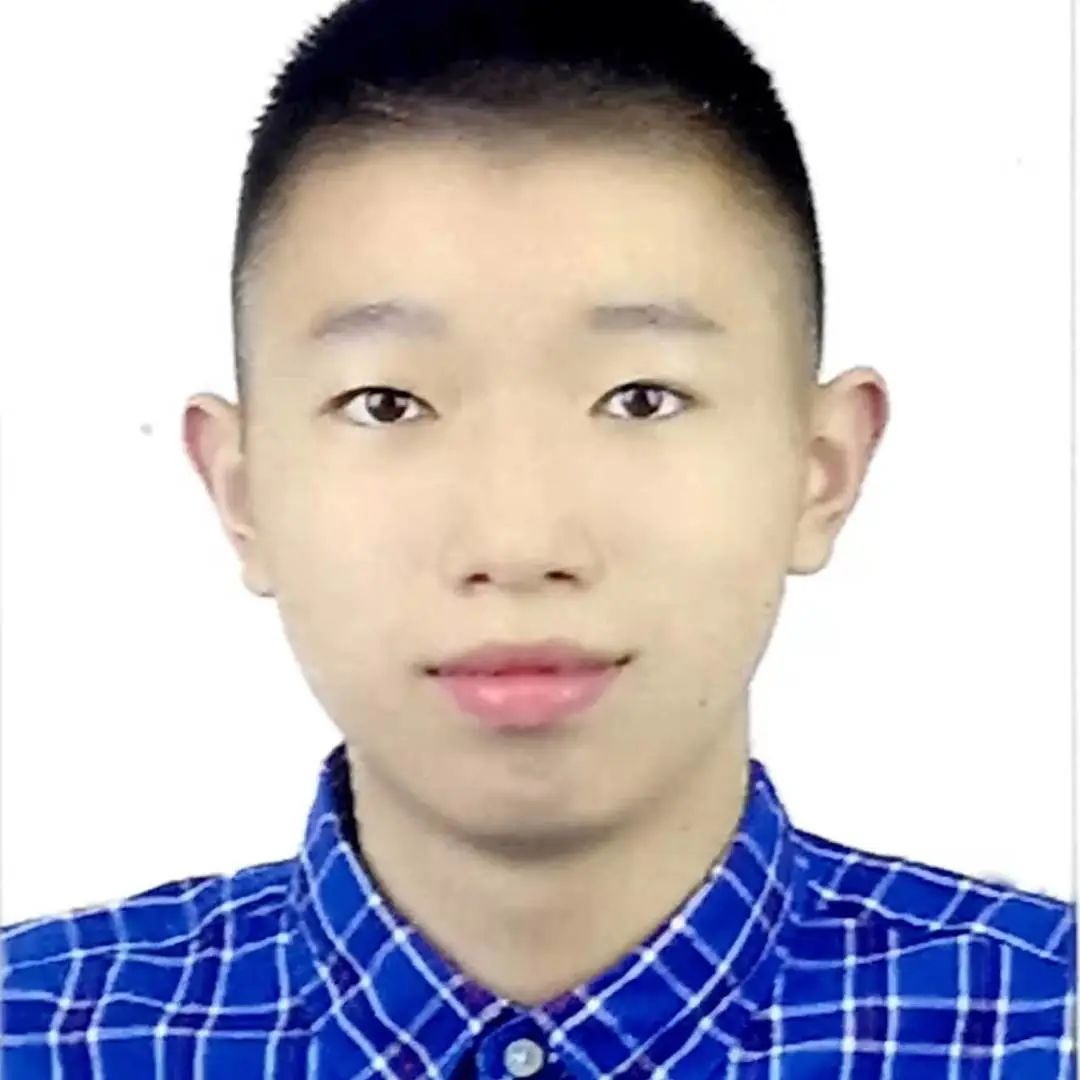
Yao
Yikun
Kun
Electronic Science and Technology Innovation Practice Station, Shanghai Institute of Technical Physics, Chinese Academy of Sciences
Affiliated Tianshan School of East China Normal University
Actively try, keep progressing, persist in innovation, and face difficulties head-on.
Renew every day, and every day renew, and again renew.

Innovators Speak

Satellite Remote Sensing of Australian Fires and Predictions

This project utilizes the principles of cellular automata, explaining the four basic elements of cellular automata (space, state set, neighborhood, evolution rules) and the application fields of cellular automata: as the name suggests, cellular automata are complex systems composed of numerous parallel individual units similar to biological cells, which can describe macro behaviors and laws. Cellular automata adopt discrete spatial layouts and discrete time intervals, dividing cells into a finite number of states, and the evolution of a cell’s state only depends on its current state and the state of some local neighborhood (neighborhood: refers to the cells around that can influence the state of that cell, common neighborhoods include: 4-neighborhood, 8-neighborhood, 24-neighborhood). How does evolution occur? Cellular automata will follow a rule to determine its next state based on the states of the neighboring cells (for example, one rule could be: adopting the majority state of the neighborhood; if most neighboring cells are green and the cell is yellow, then the cell will turn green in the next moment). Cellular automata have a wide range of application fields, including ecology, sociology, military science, physics, chemistry, and computer science.
The project first simulates the actual application of the four basic elements of cellular automata. The application of these four basic elements in this project is as follows:
① Space: a two-dimensional map of Australia, where the cells are distributed.
② State Set: 6 states represented by “yellow flame,” “orange flame,” “red flame,” “ash,” “vegetation,” and “vacant land.”
③ Neighborhood: each cell has 8 neighboring cells surrounding it vertically, horizontally, and diagonally.
④ Evolution Rules: based on the states of the cell and its neighboring cells, along with relevant factors such as elevation, temperature, precipitation, vegetation, wind speed, and wind direction, to determine the state of the cell at the next moment. Here, vacant land is not affected by whether the neighborhood is on fire, serving as a firebreak (similar to a firebreak in a forest); trees on fire will turn to ash after a period and will no longer burn, thus achieving a vivid simulation of fire spread in reality. Then, I searched online for various data regarding Australia’s temperature, precipitation, elevation, etc. Next, I conducted actual fire simulation predictions through a Python program: simulating according to the assigned number of days and visualizing the results on the map. Finally, based on the generated images, I controlled variables and created line charts to study the relationship between fire spread speed and influencing factors.
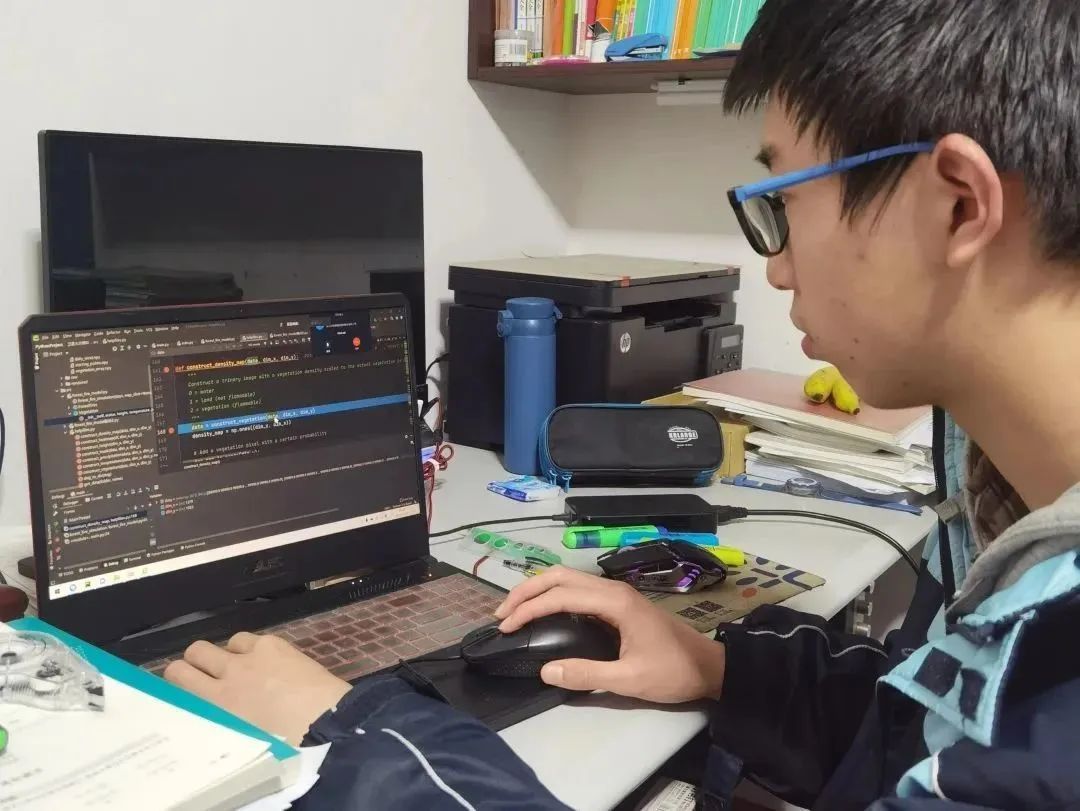
Brave Innovation, Dare to Practice

The experience at the practice station allowed me to engage in hands-on project work, broaden my horizons, and through programming experiments, I felt the rigorous process of project research like a scientific worker. Although the process was tortuous and difficult, I persevered, honing my abilities in scientific inquiry, programming, and problem-solving, learning to write experimental reports, papers, and prepare defense PPTs, making me more daring to face difficulties and persist through them. This experience at the practice station has tempered my will, made me stronger and more mature, and inspires me to move forward with the endless spirit of scientific exploration. There are countless failures on the learning path; I will rise again from where I fall and continue to move forward. Additionally, due to my experience in scientific innovation, my self-learning ability has been enhanced, allowing me to more easily learn knowledge independently, understand the principles of various things, and the methods for solving various problems, promoting my learning progress. In the future, I plan to create more practical inventions, participate in more scientific research and experiments, enhance my programming skills, and extend the use of cellular automata principles to simulate and predict natural disasters in China, such as landslides, mudslides, and heavy rain, and hopefully work at the Institute of Technical Physics.


Mentor’s Insights
Strong Self-Management Skills
This project addresses the specific issue of forest fire monitoring, using the 2020 Australian forest fires as a case study. By leveraging satellite remote sensing data, it detects and extracts areas of ground fire outbreaks while employing cellular automata intelligent algorithms to predict the spread range and speed of fire under the combined influence of various factors such as rainfall, wind direction, terrain, and land cover type. Throughout the research process, student Yao fully demonstrates initiative, conducting thorough research on the research question, background, and relevant research status. During the investigation, a complete technical system gradually forms, and Yao has unique insights into each link in the technical system. In terms of practice, Yao has strong hands-on skills, engineering practice ability, and can document the learning process, constantly learning from trial and error, and summarizing experiences from failures. Furthermore, Yao possesses strong self-management skills, can reasonably allocate study time, and has essentially completed the research objectives of the undergraduate innovation project.
— Li Lan, Assistant Researcher, Electronic Science and Technology Innovation Practice Station, Shanghai Institute of Technical Physics, Chinese Academy of Sciences

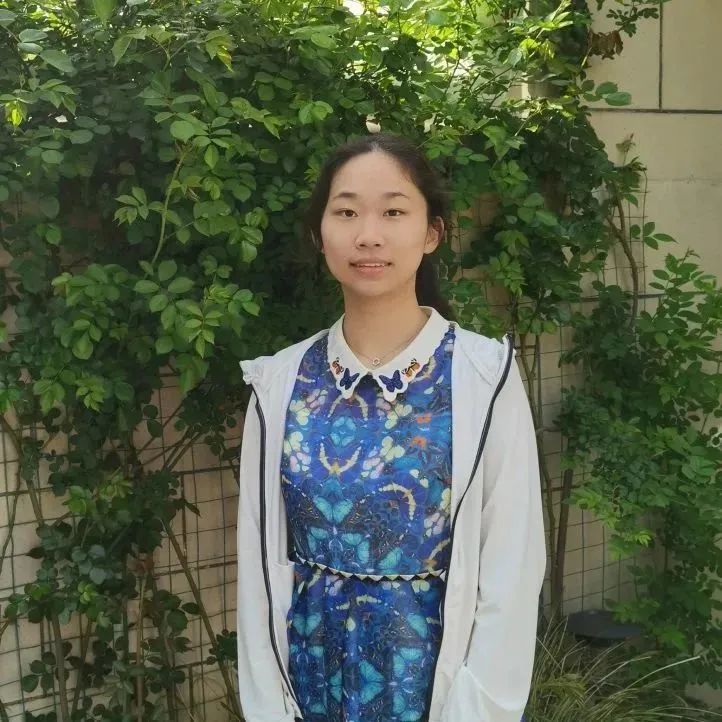
Ni
Hairong
容
Electronic Science and Technology Innovation Practice Station, Shanghai Institute of Technical Physics, Chinese Academy of Sciences
Affiliated Shanghai Jiao Tong University Middle School
Keep pace with the times, always harbor an innovative spirit. Self-improvement and perseverance.

Innovators Speak

Smart Home System Based on Raspberry Pi and Arduino Boards

China’s smart home industry has entered a very prosperous era, and we have encountered and used many smart home products in our lives, which I am also very interested in. The Raspberry Pi provided by the Institute of Technical Physics can well achieve interaction with various modules, meeting the needs for building a smart home system. Given this, I attempted to independently construct a smart home system.
The initial stage of the project is always difficult. I first developed some ideas for the home system, hoping that the system could have functions such as infrared face recognition and smoke alarms. Through online searches, I learned about the Baidu Smart Cloud platform, which has mature face recognition algorithms and a large intelligent cloud library that can help me achieve face recognition functionality. Additionally, after searching on CNKI, I found that I could use Arduino boards to assist me in achieving many functions related to the smart home system. Therefore, I purchased two Arduino boards and related materials to create this system.
Next came the most challenging part of the entire system’s construction. Based on the different system settings of Raspberry Pi and Arduino, I self-studied the Python language supported by Raspberry Pi and the programming language that comes with the Arduino board. At first, I was not familiar with the use of programming languages; I spent two nights just successfully connecting the Raspberry Pi board and smoothly connecting it to the computer to access the Raspberry Pi’s virtual computer. In the following days, I primarily focused on programming the entire system, which was quite complex, requiring programming for three hardware components, compiling five independent yet interconnected programs. I continuously learned relevant programming knowledge while searching for installation tutorial videos online and seeking help on programming forums, often staying up late into the night just to debug a single issue. But all the effort was not in vain; my programming skills improved, and my understanding of the internal logic of the entire system became clearer. I also want to thank my mentors for their help; when I faced technical issues such as being unable to upload the program to the Arduino board, Teacher Chen Zhiyu patiently answered my questions. For some of the ready-made hardware I used, such as the flame sensor, Teacher Yang Yi also provided me with the corresponding light spectrum of the sensor and taught me the internal principles of this sensor, deepening my understanding of it.
Next, I assembled the hardware components of the entire system. First, using the circuit knowledge I learned in high school, I drew circuit diagrams for the light-controlled lamp, smoke alarm, etc., and completed the assembly of other hardware components, such as servos and cameras. Finally, I debugged and optimized the data of each module of the system, and under the guidance of my mentors, completed the writing of the thesis report.
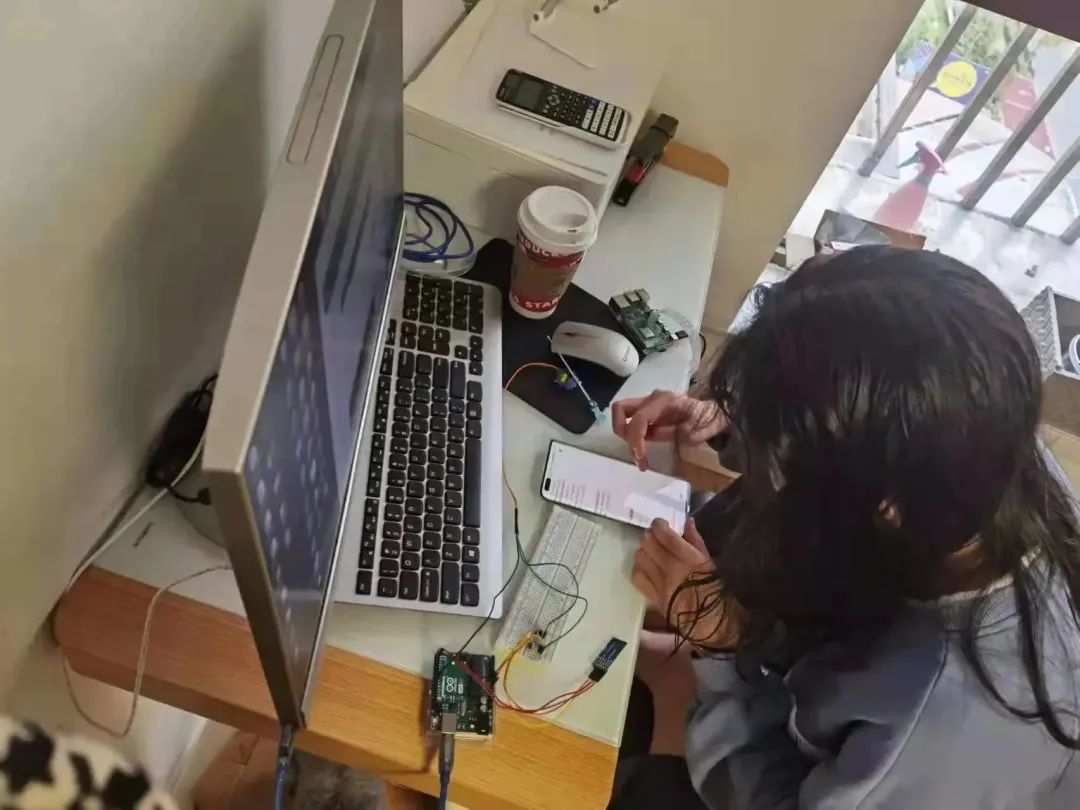
Fearless of Challenges, Forge Ahead

This brief yet fulfilling learning experience at the practice station has brought me great gains. Whether listening to Academician Xue’s lectures on the application of infrared rays, receiving patient guidance from mentors on related knowledge, or independently completing a project for the first time, these countless “firsts” will become an invaluable memory in my life. In this experience, I not only gained new knowledge, but it also cultivated my ability to innovate independently, from making reasonable scientific hypotheses about goals, searching for relevant information, integrating various data, to independently designing diagrams and assembling various parts, and writing papers… Throughout the project-making process, my comprehensive abilities in various aspects have been exercised and improved. Moreover, the process of making the project is not always smooth sailing; facing numerous setbacks and challenges has tempered and strengthened my will, teaching me to be persistent and never give up in the face of difficulties. I will apply the insights gained from this experience to all aspects of my life, always facing daily studies with an indomitable and innovative spirit.
In my future studies, I hope to engage in more activities related to scientific innovation. I not only hope to further modify and optimize the smart home system I created during this activity, but I am also eager to explore other disciplines, such as chemistry and biology, to conduct related project work.
Finally, please allow me to offer a small piece of advice to fellow students who are also committed to participating in scientific innovation activities: “Do not forget your original intention, and you will achieve your goals.”


Mentor’s Insights
Sharp Mind, Solid Foundation Knowledge
Ni Hairong is a student with solid foundational knowledge, strong research and self-study abilities, and possesses a keen mind for discovering and solving scientific problems.
During the completion of the scientific innovation project, Ni was diligent and hardworking, brave in research, and adept at asking questions and summarizing thoughts. Based on a thorough understanding of the advantages, functions, and performance of the smart cloud, Arduino, and Raspberry Pi platforms or modules, she was able to autonomously design and successfully build an efficient, low-cost smart home control system demonstration model based on the integration of Raspberry Pi/Arduino and cloud technology, proposing shortcomings of the existing plan and optimization solutions based on existing knowledge and expert evaluations. She has initially formed a relatively complete research methodology and means, gradually developing a certain degree of independent research capability.
Ni Hairong is an excellent student, and I hope this scientific innovation experience can plant a scientific seed in her heart that will grow into a thriving tree.
— Yang Yi, Associate Researcher, Electronic Science and Technology Innovation Practice Station, Shanghai Institute of Technical Physics, Chinese Academy of Sciences

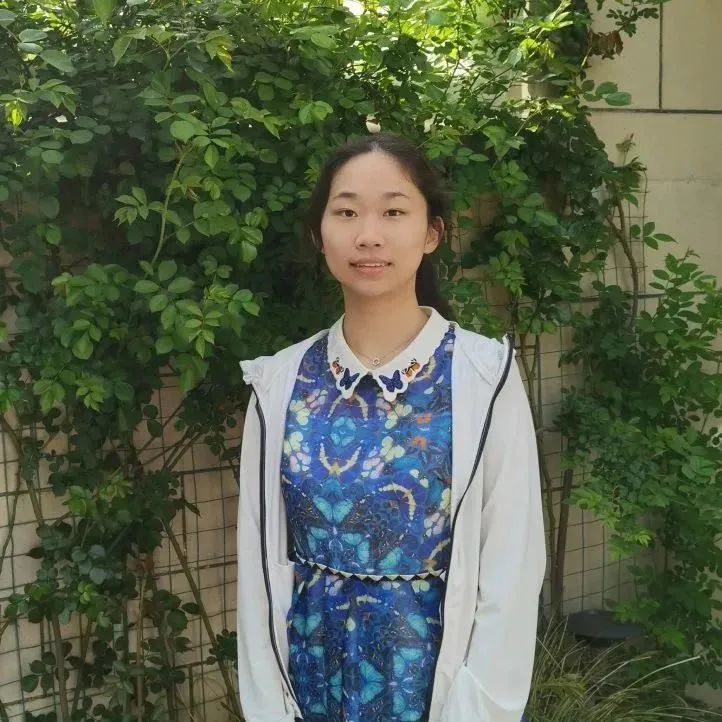
Who Are We?
►Innovators Speak (186) | Explore the Iodine Clock Reaction, Understand Tea Polyphenols, and Walk into the Magical World of Chemistry with Young Innovators!
►Innovators Speak (187) | Explore the Future of Smart Cities, Starting with License Plate Recognition and Waste Classification~
►Innovators Speak (188) | How Does the Urban Rail Transit System Handle Emergency Situations During the Pandemic? Young Innovators Share Their Thoughts!
►Innovators Speak (189) | Join Young Innovators in Marveling at the Wonders of the Biological World and Explore the Secrets of Harmonious Coexistence Between Humans and Nature~
►Innovators Speak (192) | Explore the Secrets of Sheep Population Growth and Optimize Drone Landings, as Young Innovators Showcase Their Skills!
